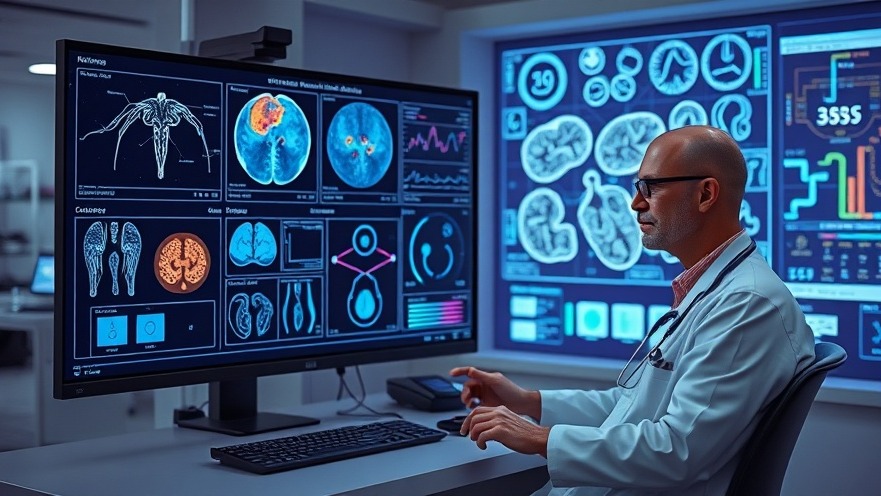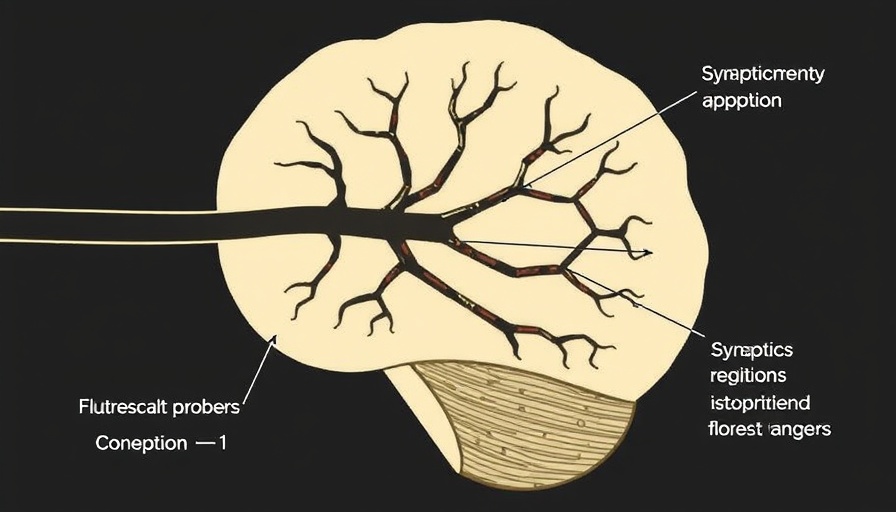
Revolutionizing Healthcare: The Potential of Multimodal AI
As the healthcare industry increasingly embraces technological advancements, the concept of multimodal AI has emerged as a game changer, especially in the realms of remote diagnostics and virtual hospitals. In a world where convenience and efficiency are paramount, refocusing how we engage with healthcare is not just advantageous; it's essential.
How Multimodal AI Works
Multimodal AI refers to artificial intelligence systems that can understand and analyze data from multiple formats—text, audio, images, and more—simultaneously. This capability allows healthcare providers to integrate diverse sources of information to create comprehensive patient profiles. According to recent studies, practitioners utilizing multimodal AI can significantly reduce diagnostic errors and enhance patient outcomes.
The Importance of Remote Diagnostics
With the pandemic accelerating a shift towards telehealth, remote diagnostics have become not only a convenience but also a necessity. Multimodal AI enhances remote diagnostics by analyzing various forms of patient data gathered through telecommunication channels. For instance, physicians can obtain patients' medical histories while simultaneously evaluating ongoing symptoms via video consultations. This dual approach offers a more informed and responsive healthcare experience.
Challenges and Concerns
Even as the potential of multimodal AI shines bright, challenges remain. Many concierge health practitioners might find the fast-paced advancements daunting, particularly those less technologically inclined. Questions about data privacy, cybersecurity, and the implications of relying on AI for diagnostics also persist, leading to a cautious adoption among some healthcare providers.
Overcoming Tech Anxiety
For practitioners grappling with the complexities of incorporating this technology, starting small can ease the transition. Engaging with training programs focused on technology can demystify the tools available today and facilitate smoother integration into daily practice. Seeking collaborative partnerships with IT consultants can also help health practitioners adapt innovative solutions tailored to their needs.
Benefits of Embracing Multimodal AI
The benefits are tangible for those who choose to embrace this technology. Enhanced efficiency reduces waiting times for patients, streamlining workflow within medical practices. Additionally, utilizing multimodal AI can improve patient engagement through personalized health monitoring, contributing to better adherence to treatment plans. With the capability of automating repetitive tasks, practitioners can devote more time to patient care rather than administrative duties.
The Future of Virtual Hospitals
Virtual hospitals, powered by multimodal AI, represent a future where outpatient care can mimic the quality of in-person visits. These facilities will leverage AI technologies not only for diagnostics but also for predictive analytics—anticipating patient needs before they arise. By harnessing data from various interactions, virtual hospitals could proactively manage chronic illnesses, facilitate real-time adaptations in treatment plans, and significantly raise the standard of patient care.
Actionable Insights for Practitioners
Practitioners should consider evaluating their current practice structure and identifying areas where multimodal AI could be integrated. Emphasizing patient engagement through technology in marketing efforts can also attract a broader clientele, further solidifying a practice's reputation in the community.
In conclusion, while the integration of multimodal AI into remote diagnostics and virtual hospitals may seem overwhelming, the long-term benefits justify the leap. By fostering a continuous learning environment within their practices, healthcare providers can ensure they remain at the forefront of this evolving landscape.
 Add Row
Add Row  Add
Add 






Write A Comment